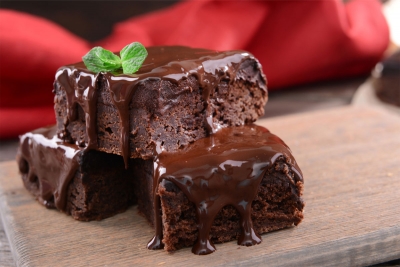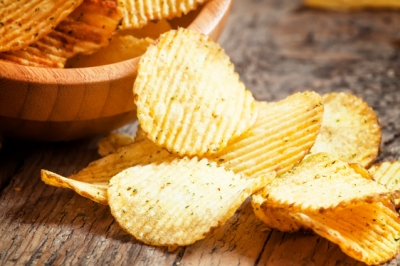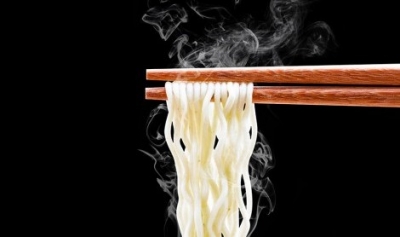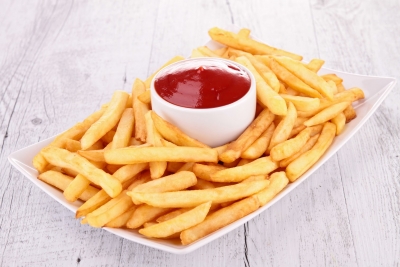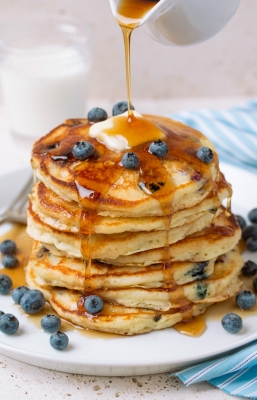What is the history of sushi?

Where it all began
The story of sushi began in southeast Asia as a fish preservation method. Sushi is the Japanese word for “sour rice”. Some of the earliest documentations of sushi comes from 3rd Century China. Fish caught from the river was then preserved in layers of salt and cooked rice and stored in barrels for about a year. This method helped prevent the fish from spoiling and also gave it a pungent odour and savoury flavour. Chinese people ate just the fish and threw away the rice.
During the 8th Century, this preservation method spread to Japan, where the rice used in the fermentation process began to be eaten with the fish. In the Edo period (between 1603 and 1868), as rice vinegar was invented, people began picking the rice with the vinegar to shorten the fermentation period. This also made the rice much more palatable. Sheet seaweed was also invented around this time and eventually allowed contemporary sushi roll to take form. Sushi then began to be consumed as fast food in Japan. Stalls were set up and people grabbed a few sushi rolls going to work.
As refrigeration became popular, raw fish began to be used instead of fermented ones, making the process much quicker.
In the late 19th Century, when the Japanese began migrating to the U.S., they introduced sushi to the western, world. And by the late 20th Century, this Japanese fast food became popular across the world.
Chemistry behind the taste
In the earliest-known sushi preparations, fermentation occurred as the good bacteria in the rice converted sugar in rice into lactic acid. This lactic acid prevents harmful bacteria such as botulinum to grow and ensures the fish doesn’t spoil. Today, a professional sushi chef trains for years to perfect the art. Every component is given equal importance and the chemical components are studies in detail by sushi chefs. For instance, it takes over two years to master the art of cooking sushi rice. The rice is expected to be in a consistency where it just sticks together without being over-mashed. Each grain of sushi rice consists of a starch known as amylopectin. Therefore while cooking, chefs tend to break open most individual grains using a spatula, releasing the starch and allowing the rice to stick together.
Varieties
There are many types of traditional sushis and the most famous ones include nigirizushi, makizushi, sashimi, tempura and temaki.
After sushi was introduced in the U.S., it took on many diverse forms to appeal more to the western palate. For instance, the Philadelphia roll is makizushi made with smoked salmon, cream cheese and cucumber; and California roll consists of avocados and faux crab meat.
There are many other quirky varieties such as sushi burritos, deep-fried sushis, sushi burgers, ice-cream sushi and Canadian sushi pizza.
Picture Credit : Google
